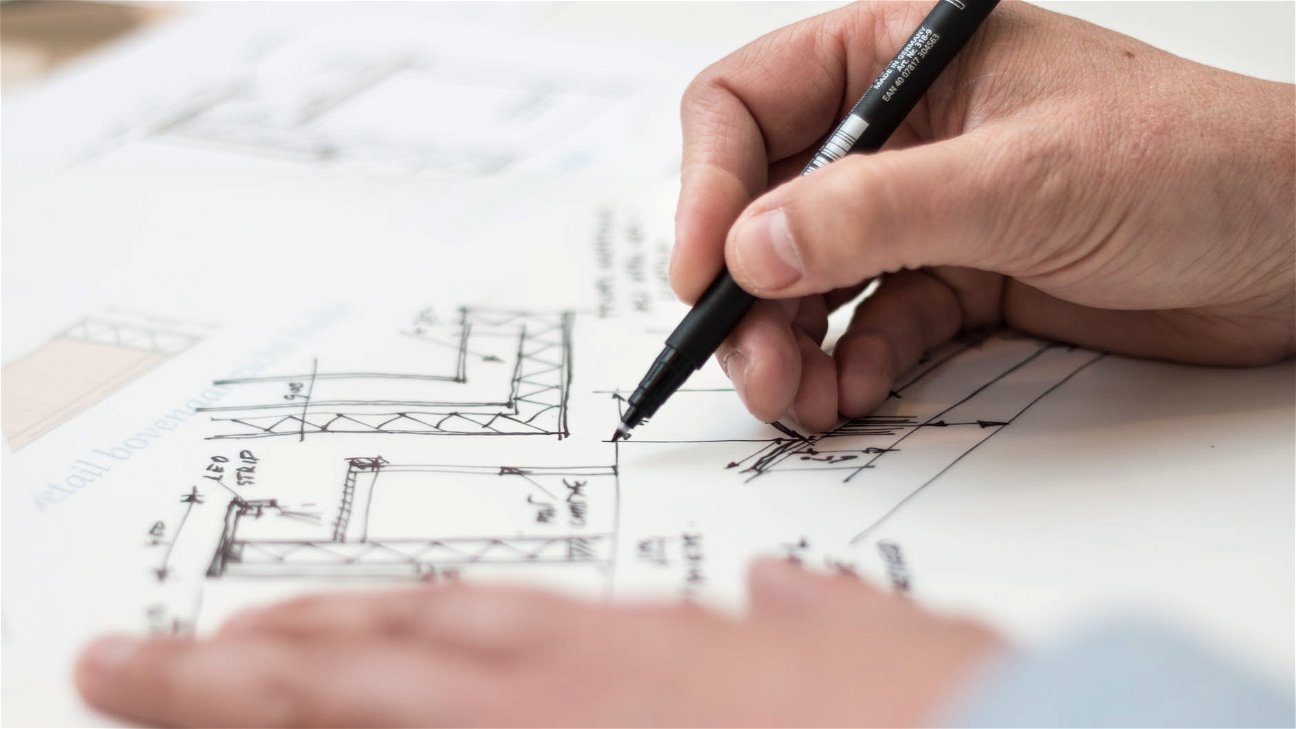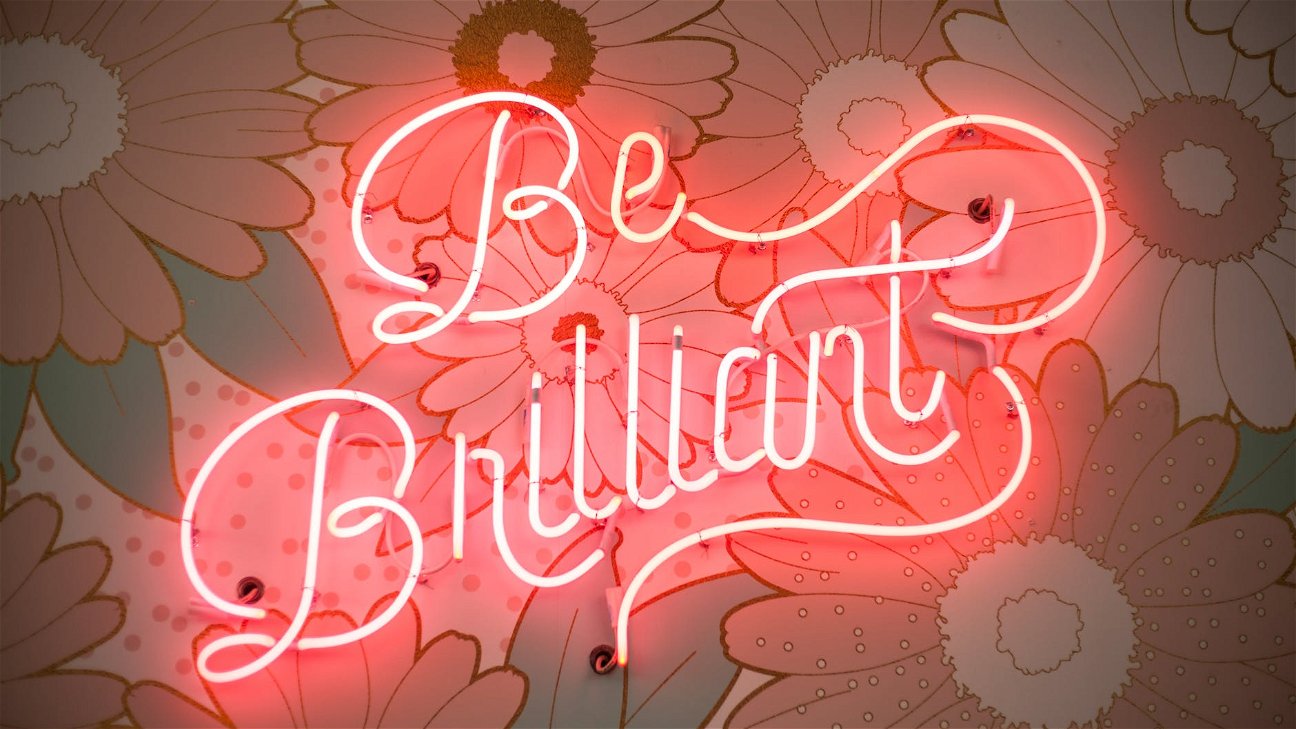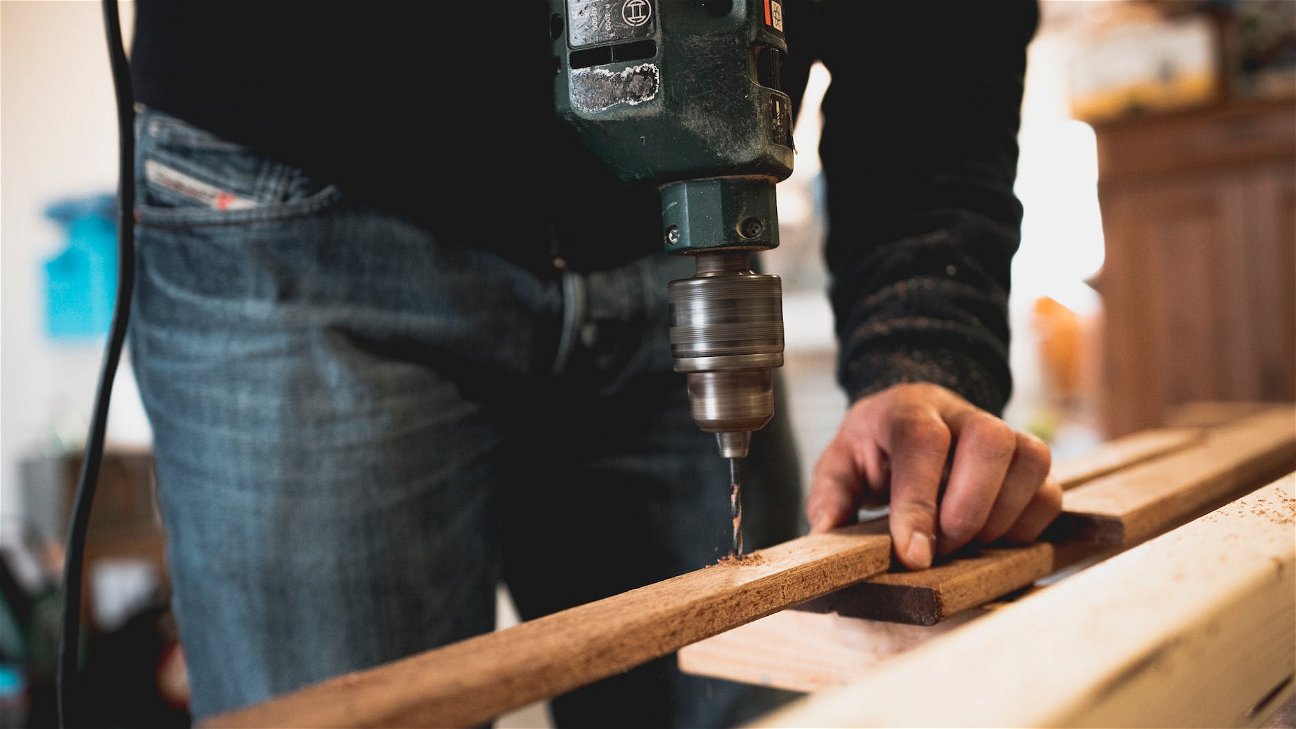
If you're just starting your drawing and sketching journey, then you've come to the right place. This guide is dedicated to provide easy steps to get you going, covering everything from the materials you need to the best drawing techniques to improve your skills.
Choosing the right materials
Before you begin, it's essential to get your hands on the right drawing materials. Here's what you need:
- Pencils: A range of graphite pencils from H (harder, lighter) to B (softer, darker) is ideal for sketching. You may also want to consider mechanical pencils for detailed work.
- Paper: Smooth, high-quality drawing paper is best. Look for a paper with a weight of 70-100 lbs.
- Erasers: A kneaded eraser is great for lightening or completely removing pencil marks.
- Sharpener: A good sharpener ensures your pencils always have a sharp tip.
Basic drawing techniques
Now that you have your materials, it's time to dive into the basics of drawing. Here's a rundown of basic drawing techniques that every beginner should know:
- Outlining: This is the foundation of your drawing. Start by sketching the contours or outline of the object you want to draw.
- Shading: This technique gives depth to your drawings, making them look three-dimensional. You can create shading effects using different grades of pencil.
- Hatching and cross-hatching: These are techniques where you draw closely spaced parallel lines for shading, and they are crossed at right angles to create darker areas.
- Stippling: This involves creating a series of dots to create shadows and depth.
Practicing your skills
Practicing is key to improving your drawing and sketching skills. Some tips for practicing include:
- Draw regularly: Make it a habit to draw every day, even if it's just for a few minutes.
- Start with simple objects: Start by drawing simple shapes like circles, squares, and triangles. Once you get the hang of it, move on to more complex objects.
- Use references: When starting out, it's helpful to use a reference image or object. This can help you understand shapes, shadows, and perspective.
- Experiment: Don't be afraid to experiment with different techniques and materials. This is how you find your own style.
Drawing and sketching are skills that can be learned with time and practice. With these tips and techniques, you'll be well on your way to creating your own masterpieces. Remember, the most important thing is to enjoy the process and express your creativity.











